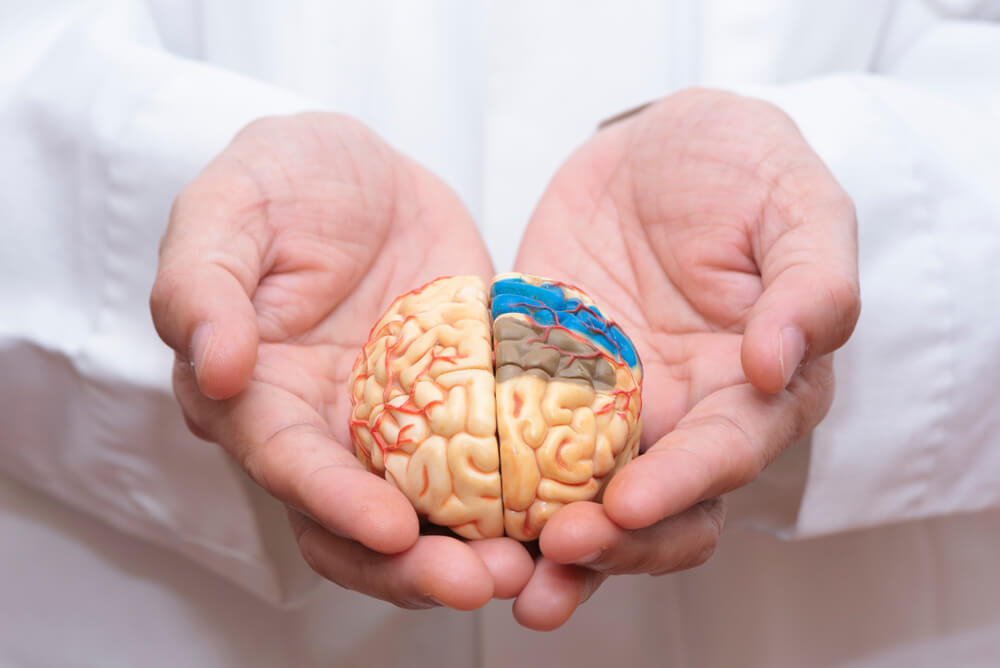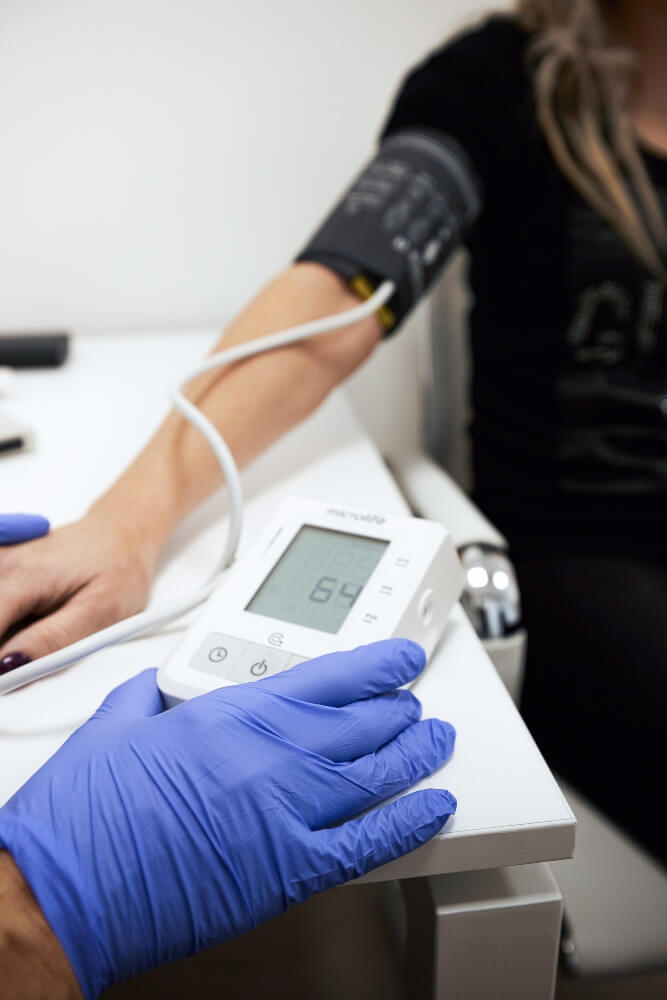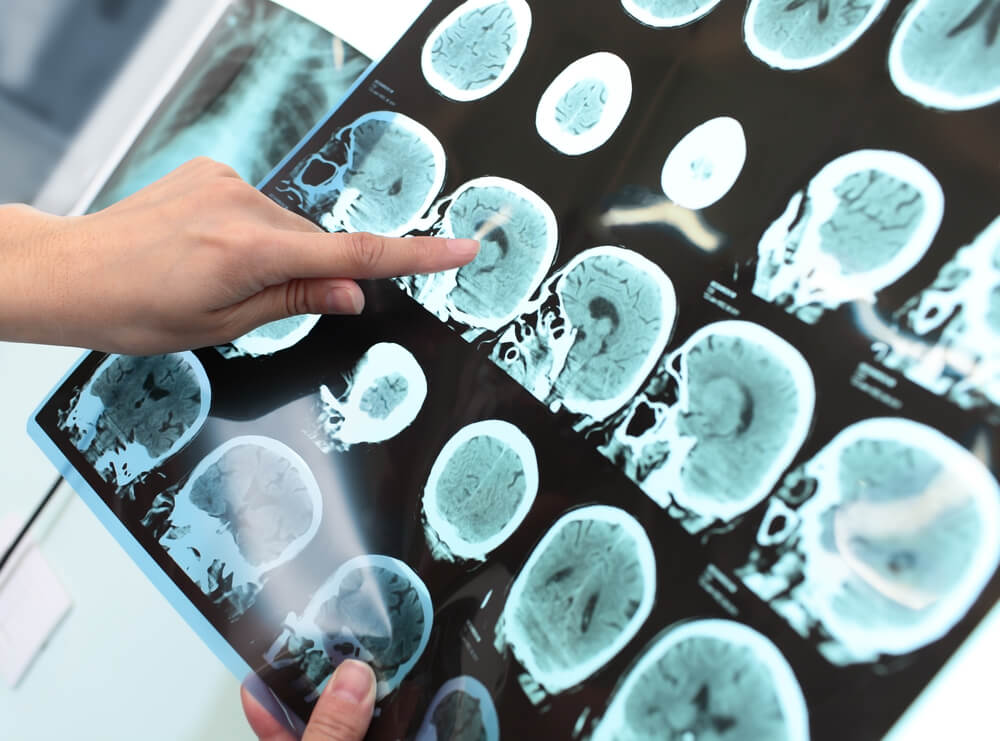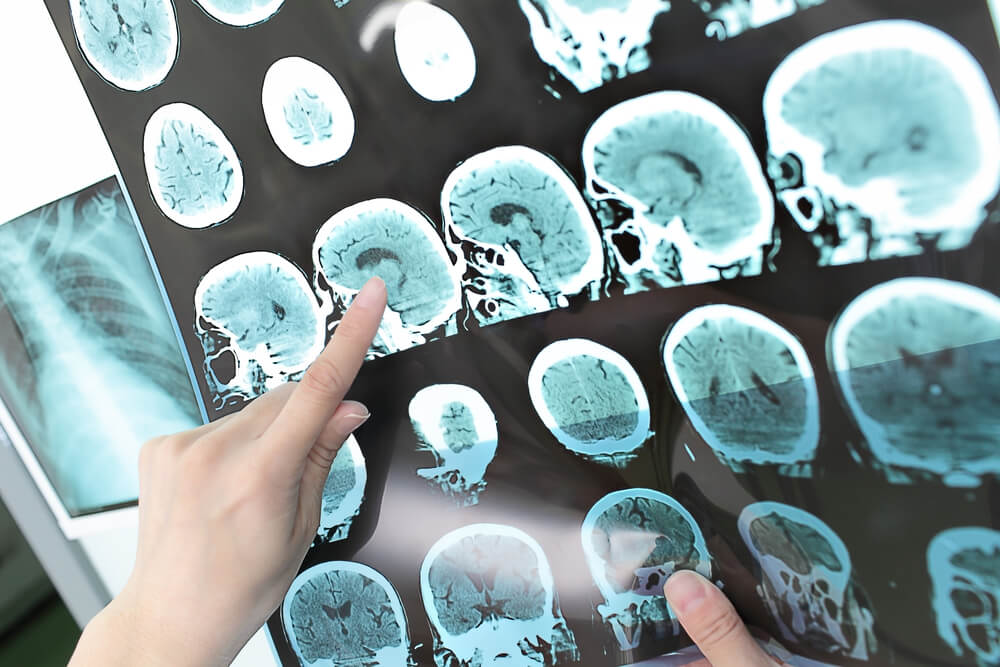The most important step in the fight for life and health is stroke prevention.
In order for prevention to be successful, it is necessary to become familiar with the nature of this problem and the factors that place us in risk groups for stroke.
If we recognize ourselves in any risk group, we should know that there are ways we can improve our chances and avoid the worst.
What is a stroke?
A stroke or stroke occurs as a result of blood spilling into the brain or a weakened or interrupted supply of oxygen and nutrients through the blood to the brain. The consequences of a stroke are severe, because after it the damaged part of the brain stops working.
The Pulse Cardiology Center has established a Stroke Center whose goal is education on stroke recognition, risk factors, consequences, and the importance of prevention. We are also here for you in those situations when, for this reason, an immediate reaction and help is important to you.
Risk factors for stroke
Awareness of what increases the probability of a stroke is more important, because only in this way can we react in time and by reducing our lifestyle significantly reduce the chances of it occurring.
There are many things we can do to avoid the chance of a brain hemorrhage and blood clotting, which further lead to a stroke.
On the other hand, we have no influence on some factors, but if we recognize ourselves in one of the risk categories, we should pay attention to the signs that the body gives us, but we should also remember that in such situations, preventive examinations and monitoring of the condition are crucial for preventing brain damage. strikes.
Risk factors beyond our control:
- gender (men are in a more vulnerable category)
- years (the older we are, the greater the probability of a stroke)
- race (stroke is more often registered in members of the black race)
- genetics (if someone in the immediate family has had this problem, it is more likely that other family members will also be affected)
Risk factors we can influence:
- diabetes
- high blood pressure
- elevated cholesterol or triglycerides
- smoking
- excessive use of alcohol
- disturbed heart rhythm
- hyperhomocysteinemia
- use of oral contraceptives
- the existence of narrowing of the carotid arteries
- unhealthy diet
- obesity
- passivity
- stress
- blood coagulation problem
Stroke symptoms
The symptoms of a stroke are numerous, and some will even be more specific to people of a certain gender, but it is necessary to know and recognize them. If you notice any of the symptoms in yourself or in loved ones, know that it is necessary to see a doctor immediately. Call an ambulance, because the first three hours are crucial.
If a stroke is recognized and treated in time, the chance that a person will survive increases significantly, and therefore there is no waiting in those moments.
Symptoms of a stroke:
- sudden confusion and sudden change in state of consciousness
- weakness in one part of the body
- tingling in one part of the body
- taking away one side of the body
- numbness or weakness in one arm or leg
- speech problems
- comprehension problems
- duplicate images
- loss of vision
- dizziness
- losing balance
Possible symptoms of a stroke in women:
- pains in the face and limbs
- hiccups
- chest pains
- palpitations
- weakness of the whole body
- nausea
- shortness of breath
Types of stroke
There are two types of stroke:
- An ischemic stroke occurs when a blood vessel becomes blocked, as a result of which part of the brain stops receiving oxygen and nutrients. Clogging can occur gradually, when plaque forms in the blood vessels, but it can also happen that a thrombus arrives and creates an obstacle. A thrombus is a blood clot and is extremely dangerous because it can cause conditions that result in death.
In 80% of cases, the stroke is ischemic.
- A hemorrhagic stroke occurs due to the bursting of a blood vessel, which causes an outpouring of blood on the brain and is significantly less common than an ischemic stroke, about 20% of strokes are hemorrhagic.
High blood pressure can cause this type of problem, and most often blood leaks into the brain tissue, such a stroke is called an intracerebral hemorrhage. Normal pressure and pulse should be our priority, not only because of preventing this problem, but also because of the bad effect on the work of the heart.
A subarachnoid hemorrhage is when blood leaks between the layers around the brain and it happens in most cases when an aneurysm ruptures.
The treatment of a stroke
The treatment of a stroke depends on many factors, but also on the type it belongs to.
When it comes to a hemorrhagic stroke, the doctor’s primary goal will be to stabilize the patient’s condition, so blood pressure and blood clotting drugs will likely be administered intravenously. In addition, the patient’s neurological status will be carefully monitored.
Sometimes surgery is necessary after such a stroke. What kind of intervention will be performed depends on the needs of the patient. The goals of the surgery may be to stop the bleeding, prevent rebleeding, or reduce pressure on the brain if brain swelling has occurred.
After an ischemic stroke, the patient’s primary stabilization is the same, and then therapy is prescribed and recommendations are given for introducing changes in life. The patient is monitored by a team of doctors and the consequences are assessed.
After such an attack, surgery is recommended if it is necessary to remove the obstacle or clean the plaque, that is, if the blockage is serious. In addition, if brain swelling has occurred, surgery will also be one of the possible solutions.
The day hospital of the Pulse Cardiology Center is equipped in such a way that we can fully respond to all the challenges that a stroke brings. With us, it is possible to perform all the analyzes aimed at diagnosing this problem, but also monitoring the patient’s condition during the stroke, as well as detecting and monitoring the consequences that the stroke left behind.
Thanks to the existence of the Stroke Center within our institution, we have a team of top experts led by neurology specialist MD. Predrag Stanarčević, and they are always able to provide you with the necessary assistance.
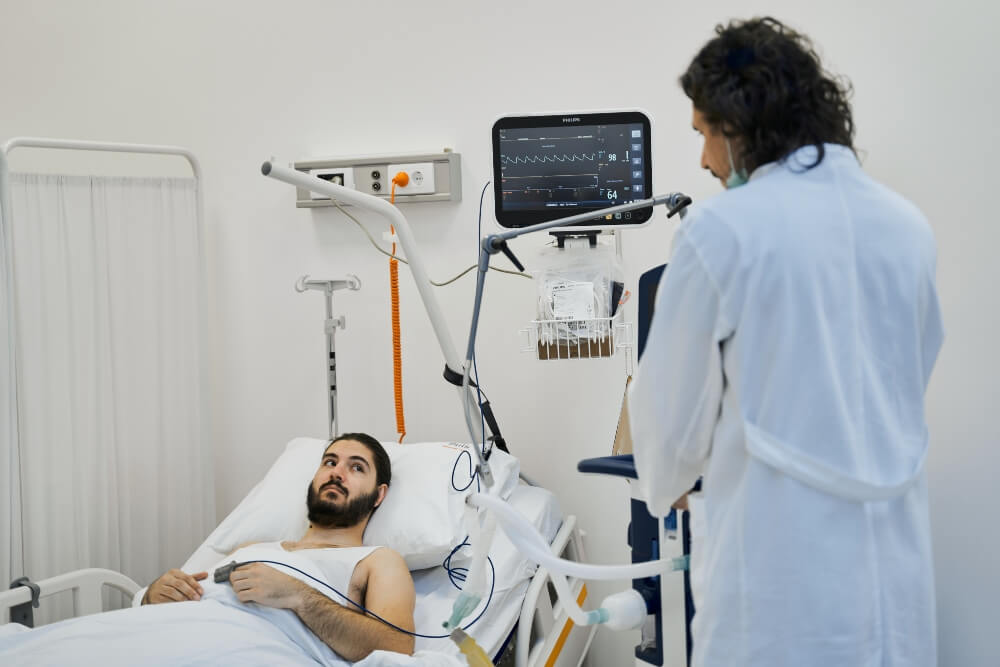
Stroke prevention
Research has shown that in 80% of cases it is possible to avoid a stroke if we follow simple rules and take care of the lifestyle we practice.
Stroke prevention can be primary in order to avoid this event or secondary when the aim is to avoid another stroke. In both cases, the measures that we will mention should be followed, with the fact that in the case when a stroke has already occurred and it is necessary to reduce the chances of a new one, in addition to all this, the patient must go for regular check-ups and take the therapy prescribed by the doctor.
- Normal blood pressure and pulse are imperative, and a very large number of people struggle with high blood pressure. If we belong to this group of people, it is important to know that we can keep the pressure under control with a proper diet, an appropriate lifestyle and prescribed medications. Regular check-ups and listening to the recommendations given by the doctor are necessary, because this type of problem is a trigger for many others.
- Physical activity and proper nutrition are the best prevention of a huge number of diseases, especially diseases related to blood vessels.
At least half an hour a day, you should practice some type of activity because it will have a beneficial effect on blood pressure, circulation, regulation of glucose levels in the body, etc.
- Food full of sugar, salt, saturated fat and bad cholesterol affects the formation of plaque that accumulates in blood vessels and is an obstacle to normal blood circulation through the body. Interruption of blood flow can lead to a stroke or heart attack, and that is why it is impossible to implement preventive measures without changing dietary habits.
- If you smoke, you are twice as likely to have a stroke because it increases blood pressure, blood clotting and damages blood vessels. By avoiding this vice, you significantly increase the chance of avoiding this type of problem. Find out why you should quit smoking.
- Avoid alcohol and illegal substances because they also have a huge impact on blood vessels and the brain.
- There are diseases and conditions that can at some point become a trigger for a stroke, and that is why patients must keep the primary disease under control, regularly take therapy and go for check-ups. Diabetes, atrial fibrillation, atherosclerosis, anemia, metabolic syndrome, and even some bacterial infections are known to be associated with this problem.
If you have identified yourself in the risk categories and are concerned about your health, you do not have to wait for symptoms to appear, a preventive examination will bring you the most benefit in the fight against problems such as stroke.
Schedule an examination with us by calling our call center at 0117555000. In one place, you will perform all the necessary analyzes to assess your condition.
We are here to show you how, and to help you turn to a healthy life, but also to do everything in our power to reduce or eliminate the problems that have already arisen.

